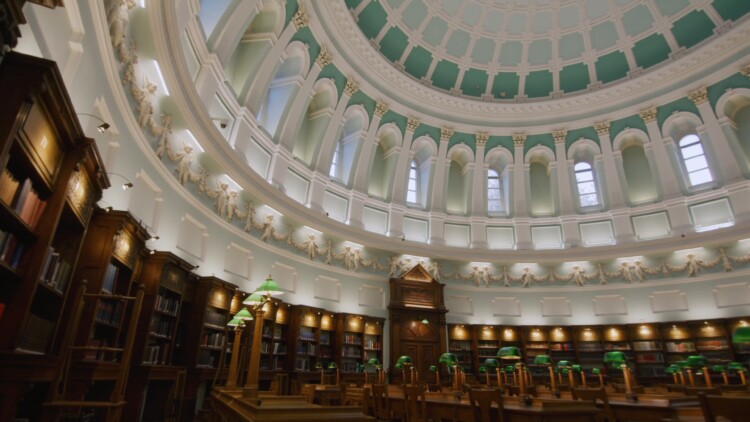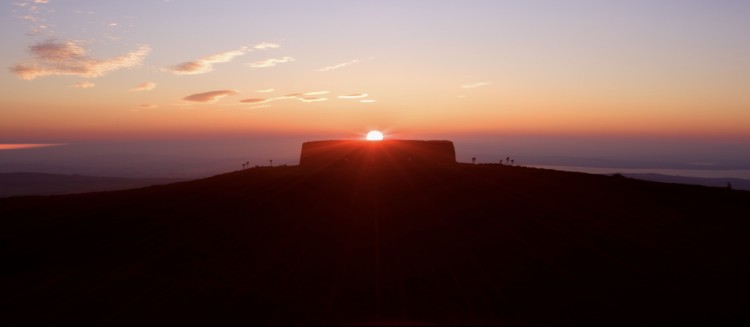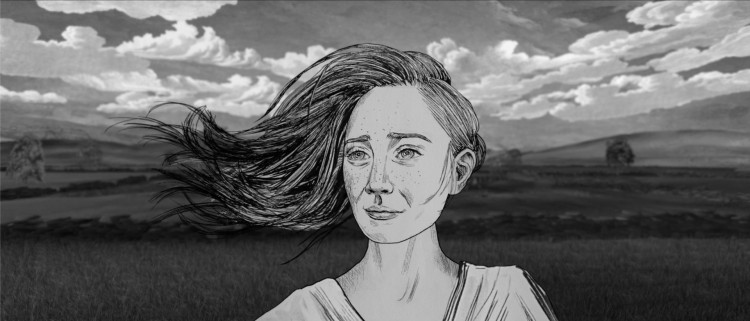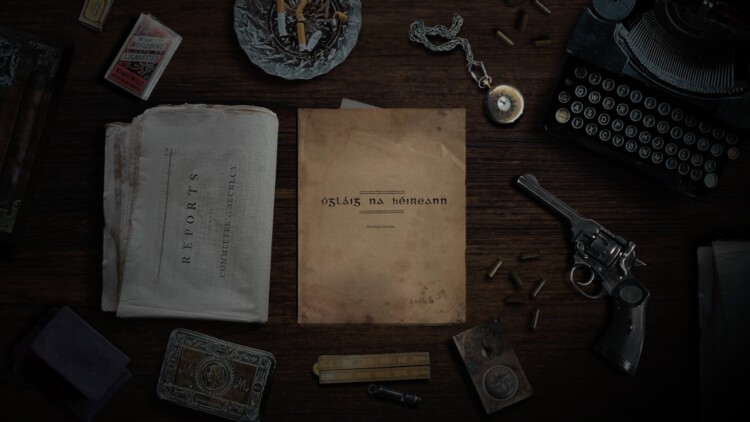Bordering Realities – Ulster
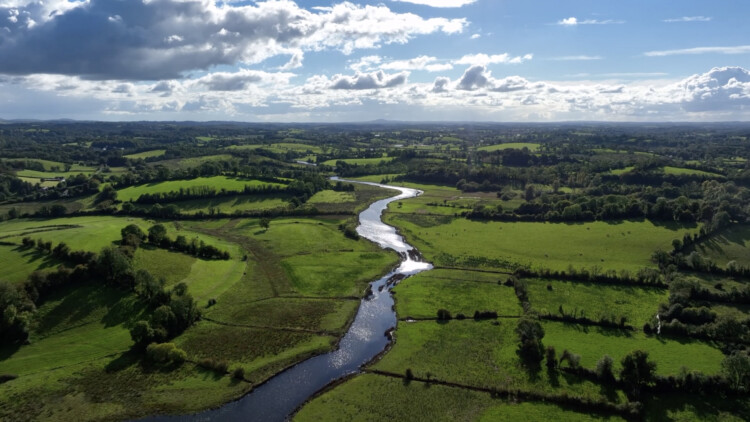
Bordering Realities is a new immersive 20-minute audio-visual film intended to showcase the border region of Ulster. Our film takes viewers on a evocative coast to coast journey from County Louth through Armagh, Monaghan, Cavan, Fermanagh, Tyrone ending in Donegal.
The film will be on display in the recently inaugurated Peace Campus in Monaghan Town. The new building will provide a cultural and heritage centre, youth facility and shared community space for people in this border region.
The Monaghan Peace Campus received significant funding from the EU’s Peace IV programme, which is a cross-border initiative to support peace and reconciliation in Northern Ireland and the border counties of Ireland.
https://www.rte.ie/news/regional/2024/0510/1448308-peace-campus/
Client : Monaghan County Museum
Director : Luke Leslie
Locations & Logistics : Mark Leslie
Drone Operators : Luke Leslie & Theo Jebb
Composer : Jonathan Casey
Uillean Pipes : Patricio Penin
Violin : Anna Rice
Cellist : Angelica Guevara

